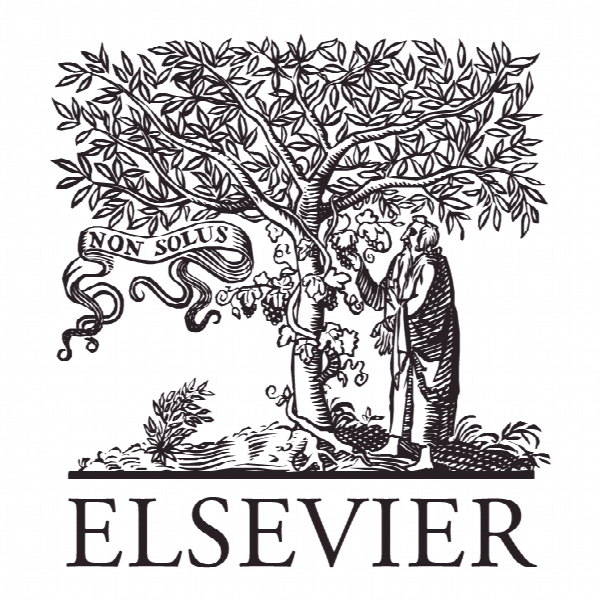طراحی شبکه لجستیک معکوس برای بازیابی و بازسازی محصول Reverse logistics network design for product recovery and remanufacturing
- نوع فایل : کتاب
- زبان : انگلیسی
- ناشر : Elsevier
- چاپ و سال / کشور: 2018
توضیحات
رشته های مرتبط مهندسی صنایع
گرایش های مرتبط برنامه ریزی و تحلیل سیستم ها، لجستیک و زنجیره تامین
مجله مدل سازی ریاضیاتی کاربردی – Applied Mathematical Modelling
دانشگاه Department of Business Administration – National Chiayi University – Taiwan
شناسه دیجیتال – doi https://doi.org/10.1016/j.apm.2018.03.003
منتشر شده در نشریه الزویر
کلمات کلیدی انگلیسی Reverse logistics network; Modularity; Bulk waste management; Mixed integer nonlinear programming mode; Hybrid genetic algorithm
گرایش های مرتبط برنامه ریزی و تحلیل سیستم ها، لجستیک و زنجیره تامین
مجله مدل سازی ریاضیاتی کاربردی – Applied Mathematical Modelling
دانشگاه Department of Business Administration – National Chiayi University – Taiwan
شناسه دیجیتال – doi https://doi.org/10.1016/j.apm.2018.03.003
منتشر شده در نشریه الزویر
کلمات کلیدی انگلیسی Reverse logistics network; Modularity; Bulk waste management; Mixed integer nonlinear programming mode; Hybrid genetic algorithm
Description
1. Introduction Due to environmental concerns, reverse logistics now is becoming an important strategy to increase customer satisfaction. Reverse logistics originates from a waste management standpoint. It is complicated due to the presence of driving forces, return reasons, product types, and uncertainty around the reverse flow. Also, how the material is recovered and who will execute and manage the various reverse operations are important issues [1,2]. Since reverse logistics includes a series of processes involving product return, repair, dismantling, refurbishing, recycling, remanufacturing, and disposal of used or end-of-life products, the implementation of a reverse logistics network is a strategic decision. This decision seeks a single objective or multiple objectives of cost minimization, profit maximization, customer satisfaction, or environmental benefit [2,3,4,5]. It includes the determination of locations, the number and capacity of facilities and the flow quantity sent from one facility to another. It is severely complicated by many uncertain factors; therefore, several papers have focused on the design of reverse logistics network [6,7,8,9,10,11,12]. A classification scheme for different types of reverse logistics networks has been identified by Fleischmann et al [13]. The reverse logistics networks range from simple echelons to complex echelons composed of forward and reverse supply chain networks. [14,15,16]. Due to the complexity and economic effect of reverse logistics, a common mathematical model has been developed to solve the network problem [14,15,17,18,19,20,21]. Bazan et al. [22] reviewed mathematical inventory models for reverse logistics from an environmental perspective. A more comprehensive survey of reverse logistics was taken by Agrawal et al. [14], Govindan et al. [16], and Govindan and Soleimani [23]. This research is inspired by the projects related to reverse logistics implementation of bulk waste in Taiwan. In this research, a reverse logistics network is designed and a mixed integer nonlinear programming (MINLP) model is developed to solve the strategic network design of reverse logistics. The proposed model is generic, for maximizing total profit by considering product returns with different fractions of reuse and recycle activities. It is a multi-echelon reverse logistics network designed to find the near optimal location and number of facilities, and the allocation of returned products and modules for profit maximization. Also, we consider various recovery activities based on the quality and high-value modules of recovered products. The number of remanufactured products depends on the critical and most valuable modules, and modularized remanufacturing processes make product recovery more efficient and profitable.


